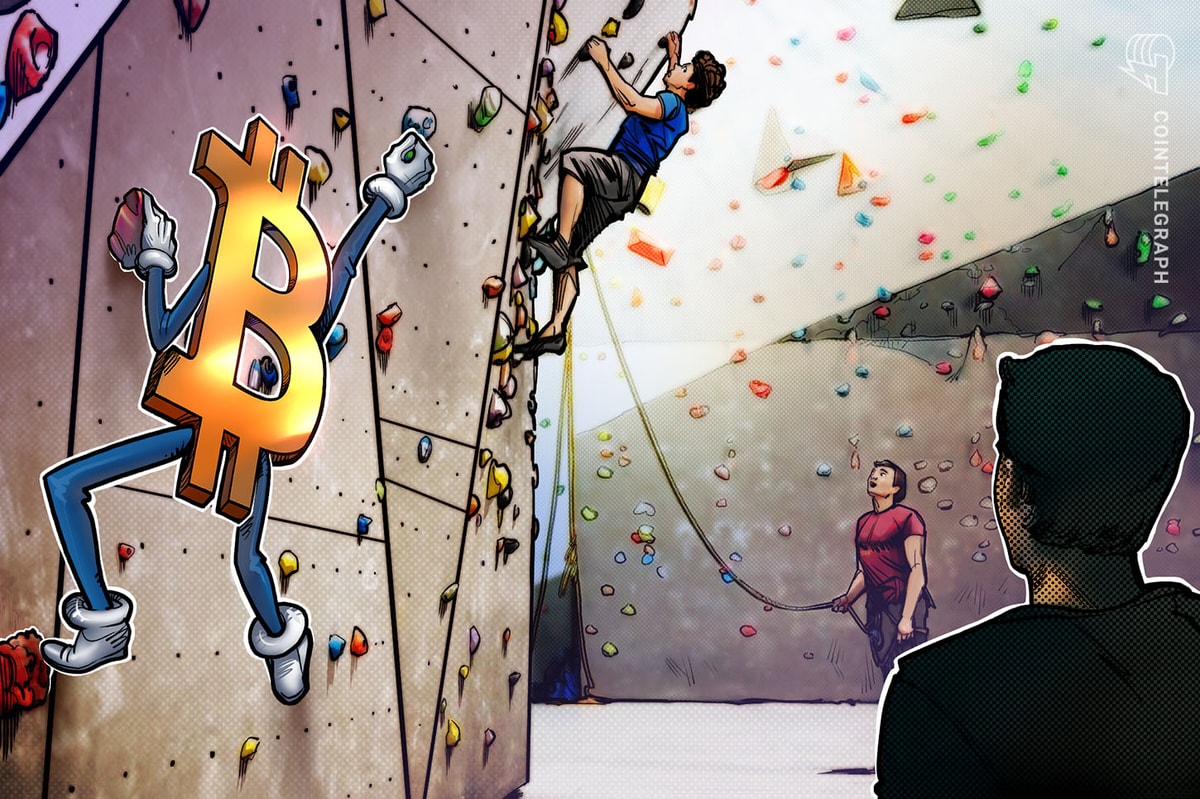It was like a scene out of a Michael Bay movie.
Krista Figari woke up in her Manhattan apartment and made her bed like she did every morning — then disaster struck.
“When I turned around after making my bed, I just kind of fell towards my dresser and fell down onto the floor,” Figari, 39, told The Post. “Then I couldn’t move my arm and my leg. And at that point, I was like, this is weird.”
Figari couldn’t get up, but she could reach her phone. She dialed her cousin, who lives nearby, then her super and 911.
Her super didn’t have a key for the top lock of her front door, which made Figari very nervous because she knew something was really wrong.
Then, finally, a breakthrough — the super realized he could reach Figari’s place via the fire escape. He painstakingly crawled through her window and let emergency responders in so they wouldn’t have to break down her door.
At NewYork-Presbyterian/Weill Cornell Medical Center, the Bronx teacher learned that she had experienced a wake-up stroke.
“It was definitely scary,” Figari said. “When they said ‘stroke,’ it didn’t even register to me. I associate a stroke with someone who’s old, so that was the last thing I ever thought it was going to be.”
It’s been nearly a year since Figari had her life-changing stroke. She’s sharing her story — and her nanny cam footage that captured the harrowing episode — in the hopes of inspiring awareness of stroke symptoms since they are becoming more common among people under 50.
Inside wake-up strokes
One in four adults over the age of 25 is expected to have a stroke at some point.
There are two main types of stroke — ischemic and hemorrhagic.
Ischemic, which accounts for about 87% of all strokes, occurs when a blood clot or other blockage restricts blood flow to the brain. Roughly 20% of ischemic strokes are wake-up strokes.
The defining characteristic of a wake-up stroke is that the time of the stroke is not known. Symptoms are discovered as the patient awakens.
At the hospital, Figari’s medical team determined her stroke had “happened very recently.” She was given medication to dissolve the clots, which is known as thrombolysis.
“At NYP-WC we are very fortunate to have the resources and infrastructure to obtain [an] emergent MRI to try and help these patients who would otherwise not be eligible for treatment,” Dr. Nicholas Janocko, a neurologist who treated Figari, told The Post.
“Had she not come to the hospital in time, or had she gone somewhere else without these capabilities,” Janocko continued, “she may not have been treated with thrombolysis and would be living with disability and left-sided paralysis.”
The medicine helped restore her movement in under 15 minutes. The good news is that she didn’t require physical, occupational or speech therapy after her five-day hospital stay.
Doctors delivered the bad news — Figari had a common congenital heart condition called patent foramen ovale (PFO), which is when a hole between the upper chambers of the heart stays open after birth.
How a hole in the heart raises stroke risk
About 25% of adults have PFO. Like most people with it, Figari had no symptoms.
“I was actually a very active kid, I played every sport, I danced,” Figari recalled. “I had asthma, but that was it.”
PFOs are thought to have a causal role in 55% of strokes in patients younger than 60, Janocko said.
The opening allows clots to bypass the lungs and travel to the brain, potentially causing a stroke.
Figari had a particularly large PFO, a grade 4 on a scale of 0 to 5.
She briefly returned to NYP-WC in July to undergo a minimally invasive procedure to close the hole. A small device was placed in her heart so no clots could get through.
It’s a permanent reminder of her traumatic incident. Now, a year later, she’s back to Pilates and Orangetheory Fitness — almost at full strength. She has slight weakness on her left side.
“When I write or when I’m typing or when I’m working out, when I’m doing things where I have to be dominant on my left side, it’s weaker and much harder for me to do,” Figari explained.
She takes aspirin to prevent a subsequent stroke and has devised a plan in case of another medical emergency. More people close to her have keys to her apartment.
She now knows the importance of quick action if symptoms arise — and encourages others to move fast as well.
“If you feel like something is wrong, then trust your gut and make sure you check it out,” Figari advised. “Or call someone and let someone know, because if you don’t do something about it quickly, then you could have long-term effects.”
Stroke symptoms to know
While stroke is often associated with older people, strokes in adults younger than 50 account for about 10% to 15% of cases.
“The incidence and prevalence of stroke in the young is increasing over time, mainly due to an increase in vascular risk factors like obesity, high blood pressure, high cholesterol, diabetes, sleep apnea and smoking/substance use,” Janocko said.
Experts recommend the “BE FAST” acronym to recognize stroke signs.
B is “balance.” Is the person suddenly struggling with balance or coordination?
E is “eyes.” Is there blurred or double vision or a sudden loss of vision in one or both eyes without pain?
F is “face drooping.” Does one side of the face droop or feel numb when smiling?
A is “arm weakness.” When the person raises both arms, does one arm drift downward? Is one arm weak or numb?
S is “speech difficulty.” When the person repeats an easy sentence, are they easy to understand or is their speech slurred?
T is “time to call 911.” Get to the hospital if you notice any of these symptoms.
Read the full article here















